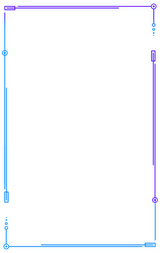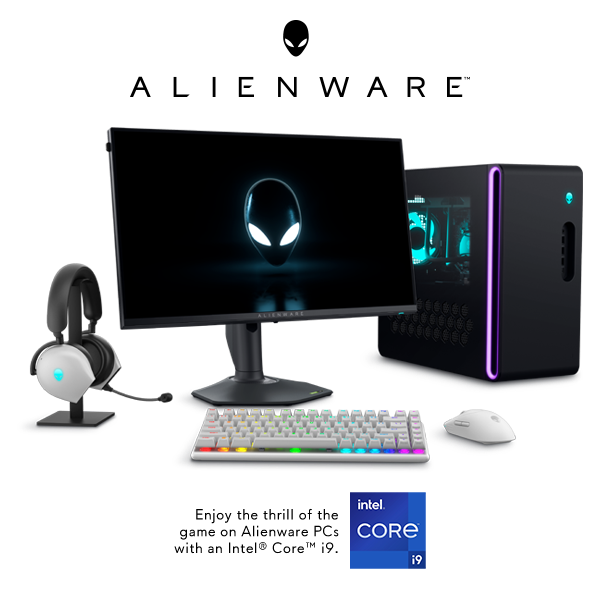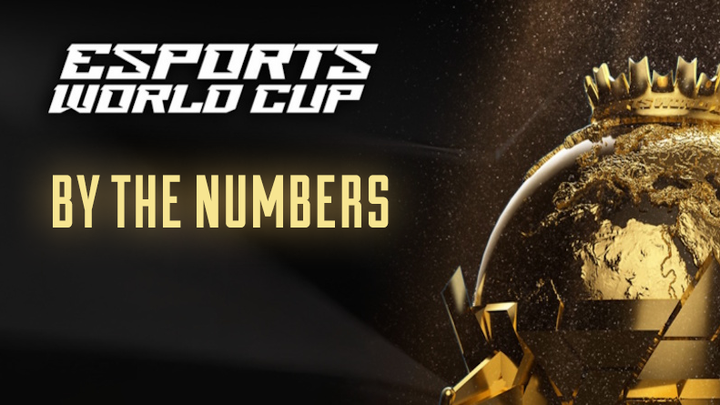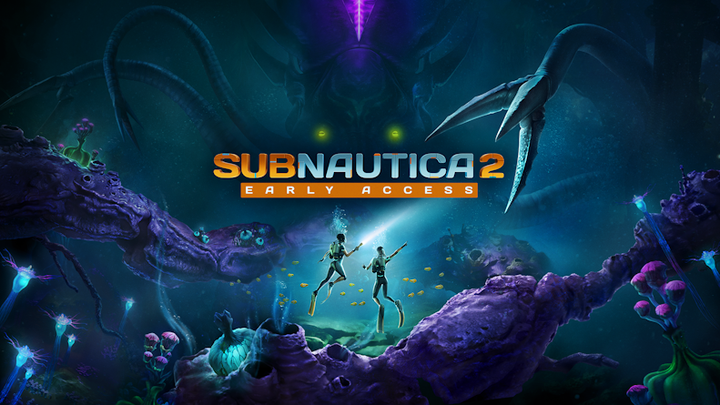The Division 2 review in progress: endgame impressions
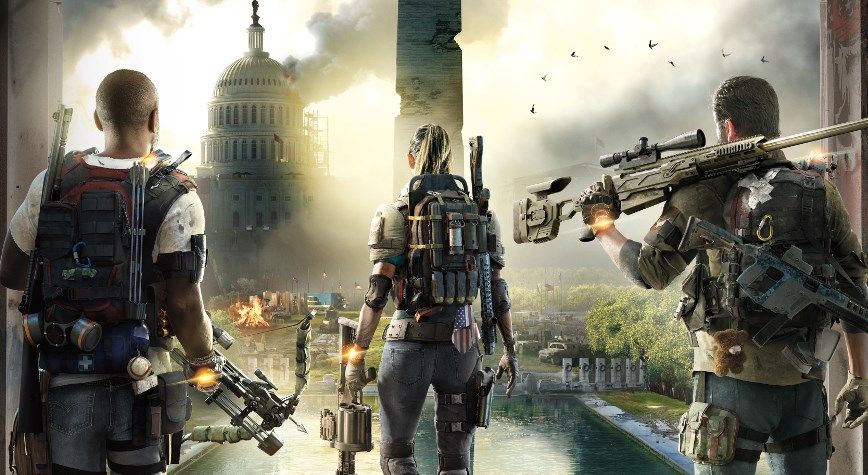
After about 25 hours of wrestling with Anthem, it's funny how grateful I am for the little things in The Division 2. Stuff like being able to switch my loadout on the fly, without first exiting a mission or sitting through a loading screen. No one's tried to make me and three other players sit through a boring mid-mission cutscene, either—in fact, The Division 2 barely makes me pay attention to its story at all. What a treat!
I've played 35+ hours of The Division 2 since Monday, and I've reached World Tier 4 in its endgame. I've spent the last couple of days fighting the Black Tusk, the fourth faction that 'invades' the map after you complete the story and hit level 30. I'm mostly having a great time. I think it's a much stronger campaign experience than the first game, with fewer filler missions, and better open world side activities. I will say this: if The Division didn't grab you at any point during the past two years of well-considered updates, I don't think this will necessarily be the right game for you now. It's largely a superior version of the same thing: tough third-person co-op shootouts, interlocking player skills, incremental loot rewards, and a familiarly dry Tom Clancy military tone.
Where it improves is in the cadence of its rewards, pelting you throughout the campaign with loot and experience points from various sources, making the next upgrade feel like a natural result of your journey through the game rather than being arduously earned. If you're looking for a strong loot shooter you can enjoy with friends in the wake of Anthem's troubled launch, or you want a mid-season break from Destiny 2, this might be a strong fit. It helps that the main mission design is mostly terrific, taking you through a variety of real-world tourist spots for shootouts with the game's three enemy factions: the Hyenas, True Sons and Outcasts, all of which behave a bit differently in combat.

Each main mission feels like a real event. Given that no one really makes linear third-person shooter games now—here they're isolated parts of a massive open world looter game—it's easy to forget what these kind of levels feel like when they're paced and designed well. My favourites so far include (some spoilersahead if you want the main campaign beats to be a surprise) a hostage rescue of the fictional president, where he grabs a machine gun to join in the action like he's Bill Pullman in Independence Day, before taking a chopper out of the action.
Then there's an amazing excursion into the American History Museum, where there's a (probably tasteless) firefight in the midst of a Vietnam recreation exhibit, complete with royalty-free version of The End by The Doors playing in the background. And then there's a gunfight in the Air & Space Museum's planetarium and Mars exhibits, which for a few minutes make you feel like you're playing a sci-fi shooter. The choices of setting for the main missions give them a lot of flavour. The strongholds that bookend the campaign, with one for each of the three factions, offer the biggest and most exhilarating set pieces in the game.
As someone who's never visited the city in real life, Washington DC doesn't have the immediately recognisable feel that the first game's New York does to anyone engaged with popular culture, beyond a few landmarks. It undoubtedly seems more alive than the first game's world, though, with many more friendly NPCs breaking into firefights with the different factions—and sometimes the enemy factions fighting among themselves. It can be exciting to arrive halfway through a firefight to turn the cause in your side's favour, bravely shooting enemies in the back while they're distracted by your allies. DC is also beautiful in places, especially when you move out of the drab opening urban areas and into the wide open spaces of West Potomac Park. The weather effects and day/night cycles contribute so much to the game's atmosphere, too, with the world looking almost entirely different when covered in rainfall, and the odd thunderstorm making firefights particularly dramatic.
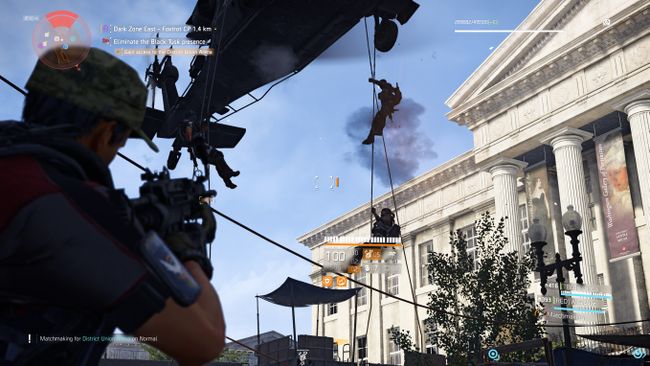
PCG's news editor Fraser Brown compares this version of DC to The Last Of Us's post-apocalyptic environments, and I can see that. It took a little while, but I'm a big fan of this setting—if Manhattan in The Division felt like you were on the ground in the midst of the world's end, here it feels like that same event is a distant part of America's history. Empty streets are overgrown with vines, and abandoned cars are everywhere. Some sights in this environment are truly spectacular, like the image of a destroyed Air Force One outside the Capitol Building (of course it contains loot).
It helps that many of the activities in DC are genuinely good, particularly control points, which you liberate from enemy factions with the help of AI pals. They each have the same objectives—clear the area of enemies, fight an elite, then defend the same area and fight another elite—but they're laid out differently enough that they challenge you to think about the space and enemy positioning. One might have enemies fortified in a tunnel, while another will be based in a ludicrous location like the remains of Air Force One, as discussed above.
I've also enjoyed most of the bespoke side missions I've played so far, which are probably as close to filler as the journey to level 30 offers, since you might need them to reach a higher level for the next campaign mission. I'm less convinced by some of the repeating open world activities like territory control and upending propaganda broadcasts—which feel like the same sort of shootouts over and over again. I can't fault The Division 2 for a lack of things to do, though: coming out of the barren world of Anthem, it's almost refreshing to be attacked by the classic Ubisoft array of map icons.
I will say this, as someone who's burned through so many hours of this game: take your time with it. Liberate control points at your own pace, enjoy the many details of the world, complete Side Missions if you want to, and hell, take some highly risky selfies with the photo mode in the Dark Zone. I wouldn't recommend soloing any of the main missions, but for the open world stuff you can pretty much enjoy all of it by yourself, if that's your preference.
Progression is a lot comfier than the first game. You unlock skills (your character's abilities, basically) at a fast clip throughout the campaign. You can also open up variants for them with the game's plentiful SHD Tech points early on, rather than having to upgrade different wings of your base like you did in The Division 1. It feels much more flexible, like the developers want you to experiment with your ideal loadouts in advance of reaching the endgame. I'm particularly fond of the Hive skill, which I immediately unlocked with a Stinger variant, which basically shoots small robot killer bees at any enemy that walks within its radius.
Deploying that at the right moment during a frantic firefight with three other players watching feels particularly badass, as does quietly murdering an entire enemy patrol in the open world by positioning the Hive perfectly. It's also refreshingly common to see enemies using novelty weapons and ammo types on you, sending deadly remote controlled cars in your direction, or gumming you up with the Chem Launcher's riot foam variant while other enemies open fire on you.
And so we enter endgame
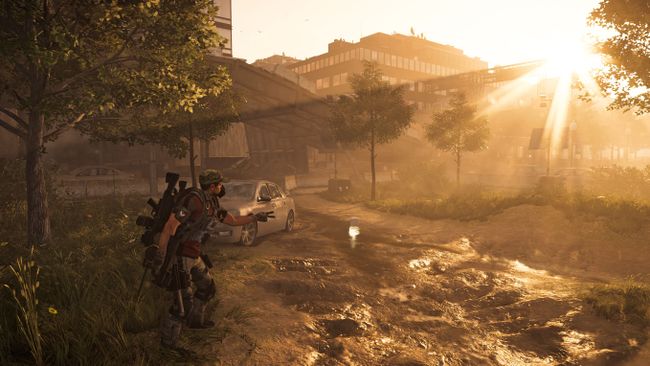
At level 30, you revisit the earlier main mission locations in their 'invaded' forms, remixed with the various new enemy types of the Black Tusk. Since this faction behaves so differently to the others, firing off explosive drones like they bought too many of them during Black Friday, and sending in turret-equipped robots that look like they're from a Metal Gear game, these rejigged missions avoid feeling too repetitive. Complete a couple of them, and your gear score will likely be high enough to unlock the 'invaded' versions of the strongholds, where the Black Tusk will be waiting in droves. Finish one of the four strongholds, which include the three from the main campaign and one that'll be added after launch, and the next endgame World Tier unlocks. On normal difficulty, I didn't really notice a spike in the level of challenge between these invaded missions and the early game.
If you were hoping the Black Tusk would entail an entirely new campaign, that's not really what the endgame offers here. The Division 2 successfully feels very different after level 30 by having this faction pop up all over the map, though, introducing new world events, like dramatic battles against Batplane-sized flying drones. The map also comes alive with icons showing the routes of both enemies and allies fighting for territory across DC, making it feel like the battle for the city is an ongoing struggle.
The endgame is also as generous with rewards as the main game, pelting you with new items to keep your gear score ticking up. A very kind player stopped to give me some better gear mid-mission, which helped me progress faster, and I'll make sure I return the favour to another player when I get the chance (side note: I've had nothing but positive online interactions in this game so far, except with one guy who impatiently shot me in the face when matchmaking was taking too long).
The real sweetener at level 30 is unlocking the three specialisations, essentially classes, which each have their own new progression paths. They also offer their own signature weapons (sniper rifle for the Sharpshooter, grenade launcher for the Demolitionist, crossbow for the Survivalist), which are fantastic fun to unleash in a pinch, and require a specific ammo type that's slightly rare. I've spent the endgame focused on the Demolitionist, with nice damage bonuses for my treasured light machine guns, and a wicked class-exclusive turret upgrade that unleashes comically deadly mortar fire.
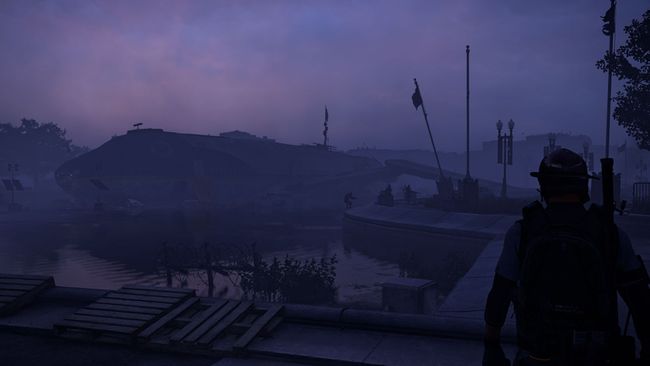
Specialisations give you a welcome sense of direction at this point in The Division 2, nudging you towards the best types of weapons for your play style. Pleasingly, you can also switch between the three at any time, and completing the upgrade tree for each will definitely take a while to tick off. You can also recalibrate your gear for your play style, taking a particular bonus you liked from another weapon or item of the same type, and applying it to the one you want to use in your inventory.
It feels like The Division 2 has launched with an extremely healthy supply of things to do, but as with any promise of a deep post-game, a lot depends on what happens next: how the community feels about the game after a few weeks of digesting what's here at launch, and whether the post-release content will keep providing good reasons to come back. I'm particularly excited to see what The Division's version of an eight-player raid looks like, and I hope the planned additions to the campaign bring main missions that are as strong as what's in here.
Then there's the hybrid PvP/PvE area The Dark Zone, which returns from the first game in three locations. All three of the Dark Zones here are different in style and layout: the East one is like reaching the end of the river in Apocalypse Now, an overgrown park-like area that somehow feels like it's on the very edges of our world. Then there's the mostly packed urban landscape of Dark Zone South, which superficially might remind you more of Manhattan from the first game. Finally, there's Dark Zone West, a previously walled off community that's now a brutal ghost town, closer to Fallout or even Metro in look than anywhere else on the map, where normalisation of loot stats is disabled as the Black Tusk takes over. I've had a few nerve-wracking, thrilling encounters that yielded some excellent loot as part of a team in DZ East, and I'll spend time in all of them before settling on a score.
Matchmaking is fast and reliable for entering main missions—I've admittedly had less luck using the function for Open World Exploration. While it's supposed to match you with other players in your current Named Zone, it's definitely booted me to unwanted parts of the map with other players at least twice. The 'fast travel to mission' feature also seems to be a bit broken for me after finding a group. I've also had the game crash a few times in the last couple of days, and it sounds like I'm not the only one. Generously, the game drops you back into a mission if it crashes halfway through, but it's still not ideal. I'm also finding it strangely hard to get a consistent 1080p 60fps on my PC, with hitches every now and then, despite the more frivolous graphics settings being turned down (my specs: i5 8600K, 16GB DDR4, GTX 1080Ti). While the enemy AI is mostly good at flanking effectively, too, occasionally an enemy will just get stuck on the spot while you shoot, and others will spend so much time climbing up and down surfaces that they're a little too easy to pick off.
This is a big game, with a potentially long tail, driven by a year of free updates to come. My sense so far is that this is a very complete-feeling follow-up to The Division, from a team that clearly learned a lot about its audience after a series of successful, high-value updates. Those players probably know they want this already—for anyone else who's curious about The Division 2, this should feel like right looter shooter at the right time.
